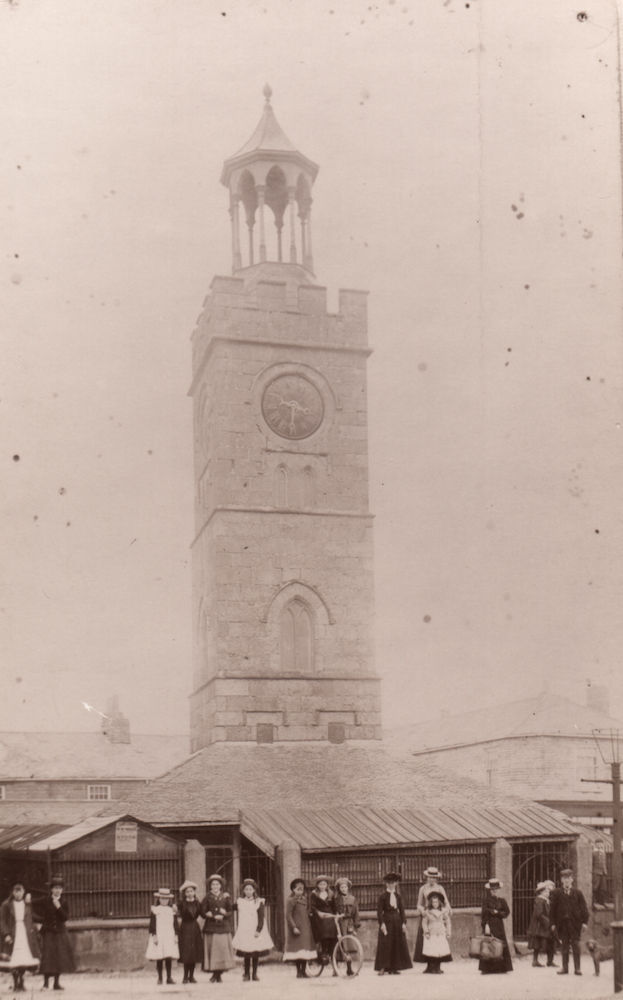History in an Image
- Lesley Trotter
- Feb 7, 2016
- 3 min read
Updated: Jul 23, 2020
How is history communicated? I have been thinking about this a lot recently. Partly as a result of being asked to give a lecture to public history students, but also working alongside artists on a series of community heritage projects has made me appreciate how images can convey historical facts.
Now artists frequently use history, and increasingly archives, as a source of inspiration, but how often do historians turn to art as a chosen means of communication? Are we missing a trick?
As historians we tend to be fixated on words – papers, books, lectures are the currency we deal in. But what about images? We use them as sources, to illustrate a single point or enliven our text, but rarely as the primary way of sharing our research.
Fragments of local history, or more often local myths, frequently feature in festivals and community arts events. It is more unusual for such projects to use historical research as a starting point. But this is what happened with the Clock Tower project in St Day, Cornwall. I was tasked with researching the history of the building and its role in the community. The project’s artists then used the factual stories that I had uncovered to inform a programme of animation workshops involving a wide range of ages and community groups. A local professional musician even used the research to compose the lyrics of a new song especially for the community choir.
These activities introduced the residents taking part to facts they had never heard about a building at the heart of their community. When the animations were projected onto the clock tower and the song performed as part of the ‘Around the Clock’ celebration, even greater numbers of people left that evening knowing a little more about the history of St Day.
As part of the project I also gave a talk on the Clock Tower, which was well attended, but I’m sure that far more people picked up something about the history of where they lived through creating and watching the animations, and listening to the song. Yes, it was a simplified message, but it had a factual basis.

In an earlier project with the same group, my involvement was more hands-on. For the 2013 lantern parade I had made a large willow and tissue lantern to fit in with that year’s theme of the Old Church in St Day. At the time I was just hoping to make an attractive contribution to the event, combining elements associated with St Day’s heritage into a lantern based on a church window.
But there was something about this design that captured the imagination of the community. The window lantern went on display in the current church, and became a popular feature of subsequent parades and celebrations… until a particularly wet event and the unfortunate aim of seagulls led to its enforced retirement last year. Even then it has reappeared as the cover image of the St Day 2016 calendar.
Why was it so successful? Looking back, I now realise that in attempting to create an attractive image I had somehow captured a sense of place that resonated with other people in the community.
The lantern shows an engine house and the Old Church silhouetted in the distance linked by a river of orange (representing the town’s copper mining wealth) flowing around the clock tower in the foreground where there is a suggestion of the paired couples of the St Day Feast dance. The words ‘St Day’ accompanied by the shield adopted as the town’s emblem complete the design.
I now realise that I had unintentionally created a rough timeline. If I had planned it as a historical guide I perhaps would have included a Cornish cross in the far distance to represent the town’s origins as a medieval pilgrimage centre, but nonetheless the concept works. The eye is drawn from the distant past to the present day incorporating key stages in St Day’s industrial, religious and commercial development in a single image.
Like the community animations it had communicated the essence of the town’s history… with hardly any words at all. On reflection this should not have been surprising. After all, the lantern was based on a church window. When lit from behind, its coloured tissue glowed with the same effect as stained glass... and stained glass was the medieval high-tech, special effects solution for engaging with and educating a largely illiterate mass audience (pun intended!). Of course, today's public are, on the whole, quite capable of reading lengthy written explanations, but this does not lessen the potential of images alone to convey meaningful and detailed information... something that we historians might bear in mind.





Comments